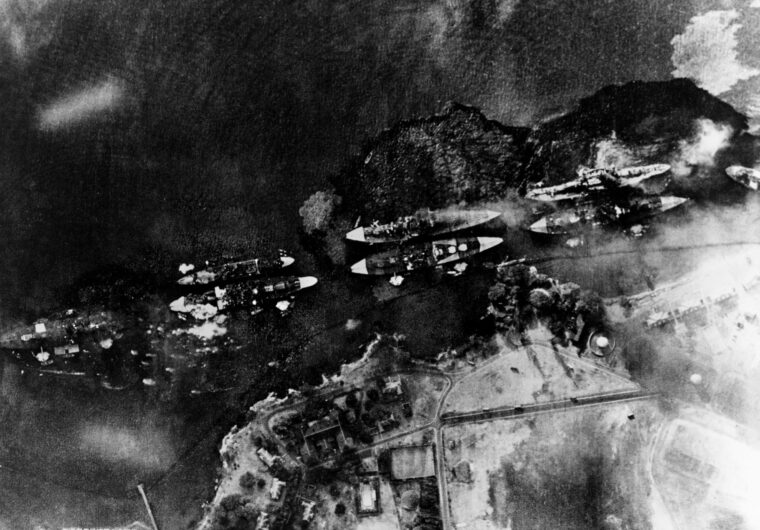
Latest Posts
Cassin Young
By Glenn BarnettIn Hawaii, on Saturday, December 6, 1941, Commander Cassin Young eased his repair ship, Vestal, outboard of the battleship USS Arizona. Read more
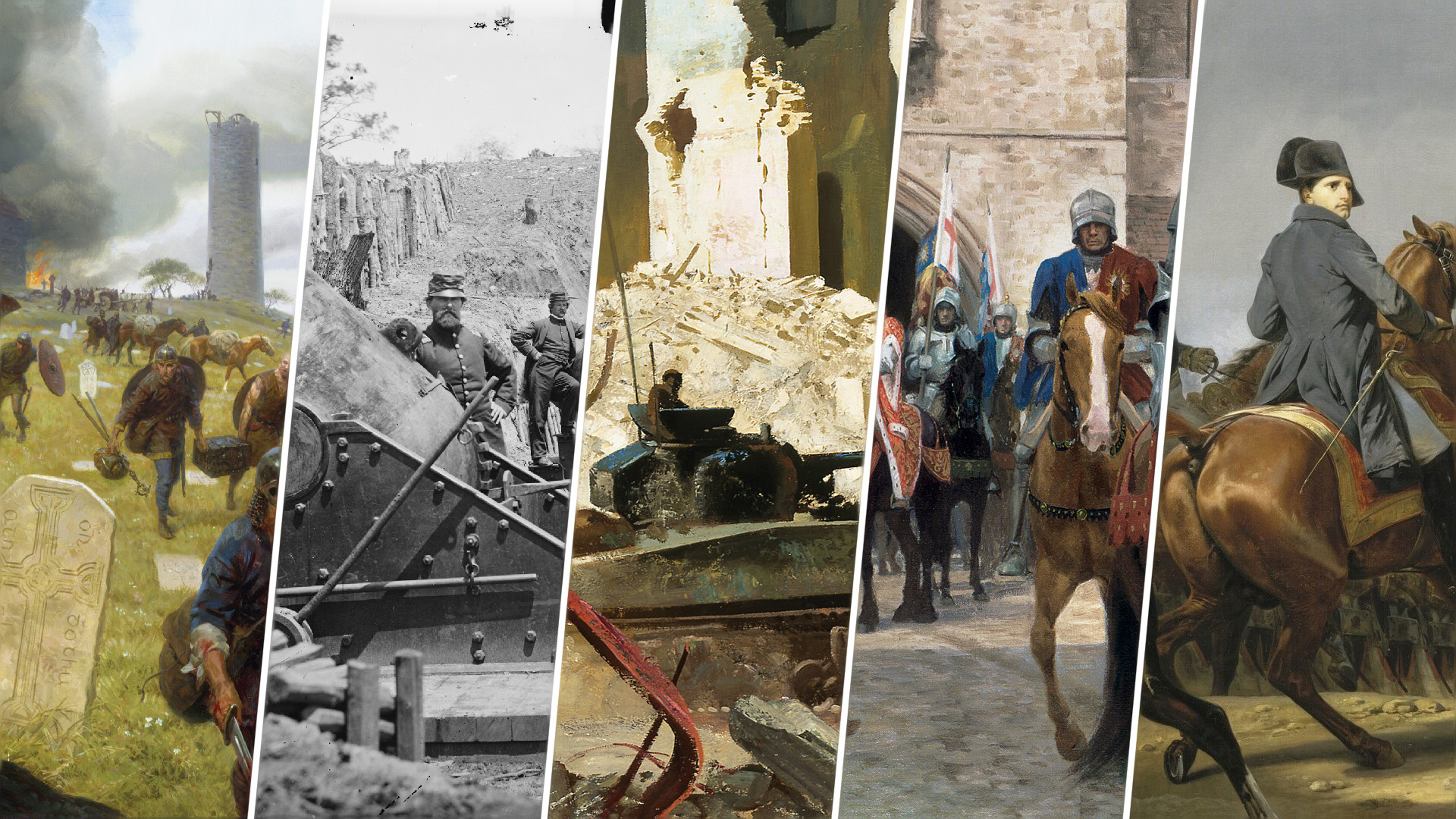

Latest Posts
In Hawaii, on Saturday, December 6, 1941, Commander Cassin Young eased his repair ship, Vestal, outboard of the battleship USS Arizona. Read more
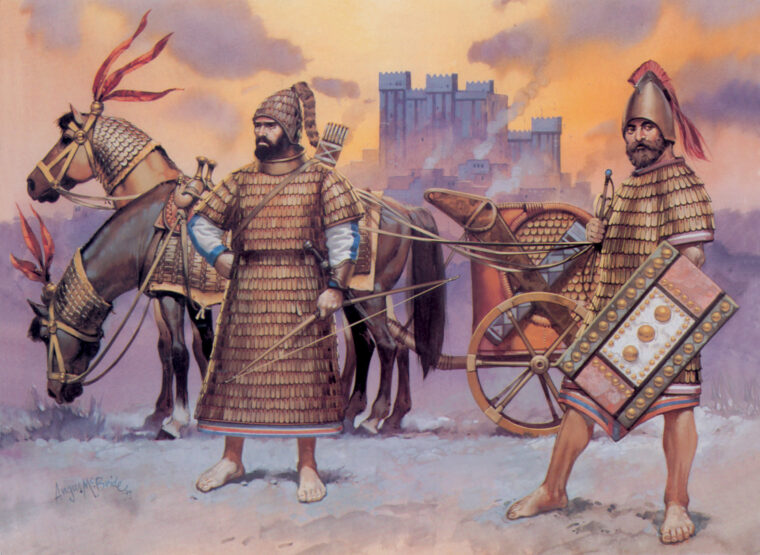
Latest Posts
Chariot warfare in the Near Eastern Bronze Age was generally a grim business, but it did have its lighter moments. Read more

Latest Posts
The United States Army came late to the idea of employing airborne troops in time of war. The first U.S Read more

Latest Posts
For thousands of Allied airmen the most terrifying sight they ever beheld was a Mitsubishi A6M Zero bearing down on them—burnished black cowling over a snarling Sakae engine, staccato bursts flashing from two machine guns and two cannon—often the last thing they ever saw. Read more
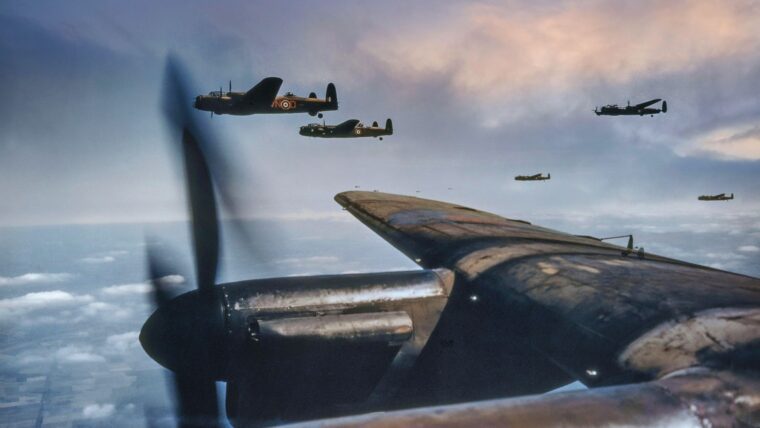
Latest Posts
Air Chief Marshal Sir Arthur Travers Harris, the burly, red-haired chief of Royal Air Force Bomber Command, was an anxious man on the evening of Saturday, May 30, 1942. Read more
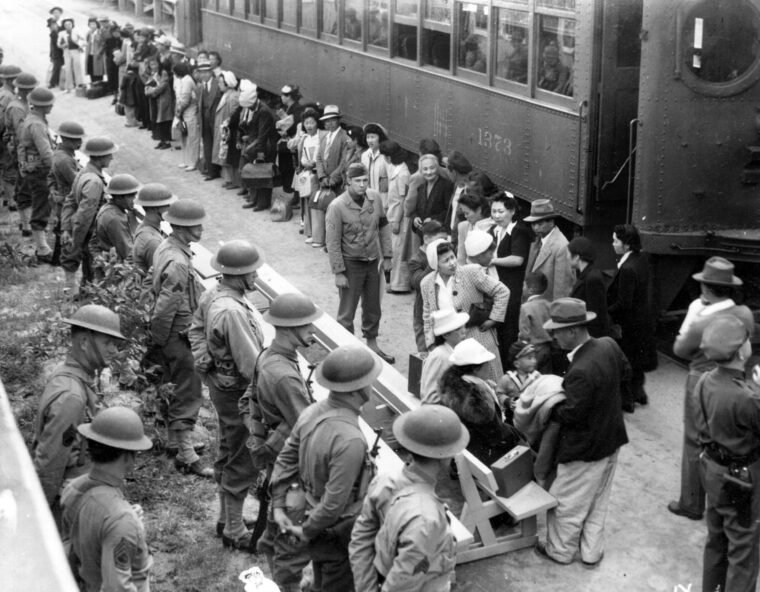
Latest Posts
The afternoon of May 30, 1942, found Clyde Sarah waiting for his girlfriend Ida on Estudillo Avenue, one of the main thoroughfares in San Leandro, a small town just across the bay from San Francisco. Read more
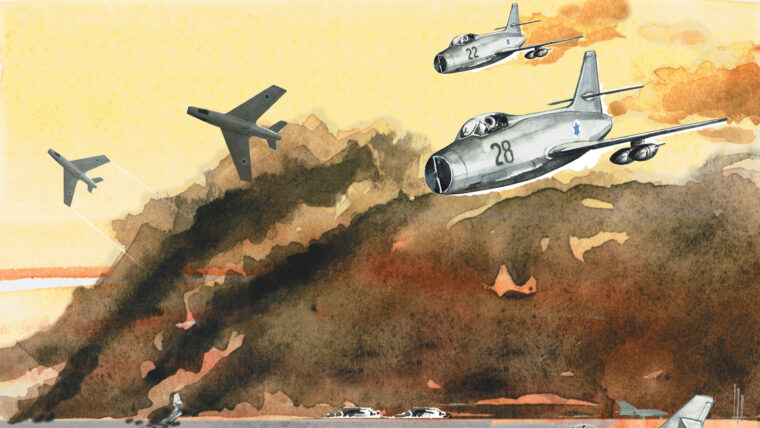
Latest Posts
It was 7 o’clock Israeli time, three hours after dawn on Monday, June 5, 1967. The summer season’s daily thick morning mist was just lifting from the coastal areas, across the breadth of the humid Nile Delta, and along the Suez Canal. Read more
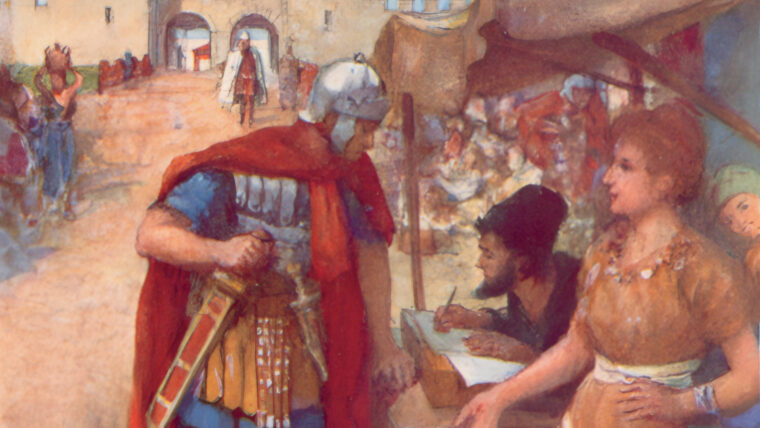
Latest Posts
Gnaeus Domitius Corbulo was probably born between 4 bc and ad 1. His younger half-sister was first the mistress and then the consort of Gaius Caesar Germanicus, better known as the Emperor Caligula. Read more
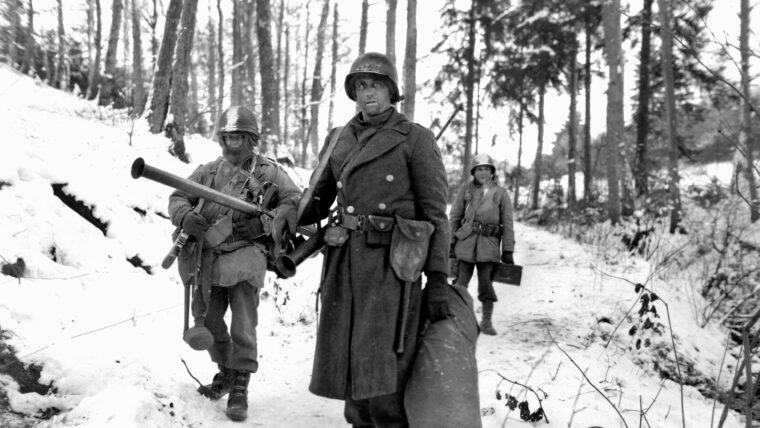
Latest Posts
Major Robert B. Yates arrived at the 1111th Engineers’ headquarters in Trois-Ponts, Belgium, around 13:30 on Monday, December 18, 1944, expecting to sit in on an ordinary staff meeting. Read more

Latest Posts
On October 15, 1942, a total of 22 men, all British subjects and all prisoners of war captured by Japanese military forces in the Gilbert Islands in the Central Pacific, were executed on Betio islet at Tarawa Atoll.. Read more
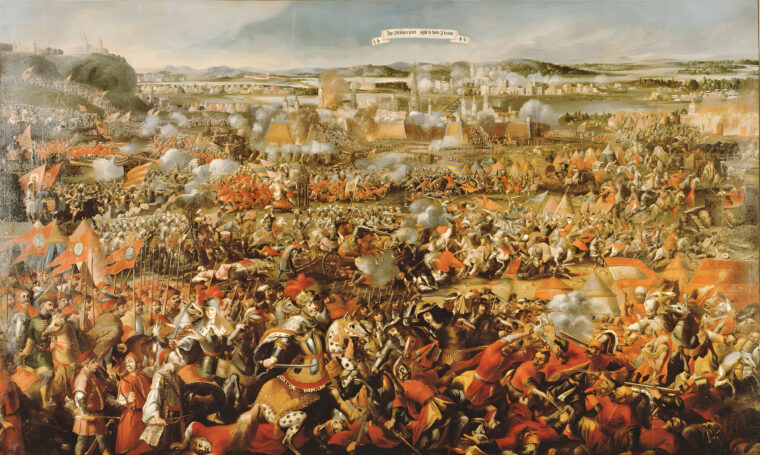
Latest Posts
For nearly two long months, from July 14 to early September 1683, Vienna endured the siege from the Ottoman Empire. Read more

Latest Posts
Patton’s Prayer: A True Story of Courage, Faith and Victory in World War II (Alex Kershaw, Dutton Press, New York NY, 2024, 348 pp., Read more
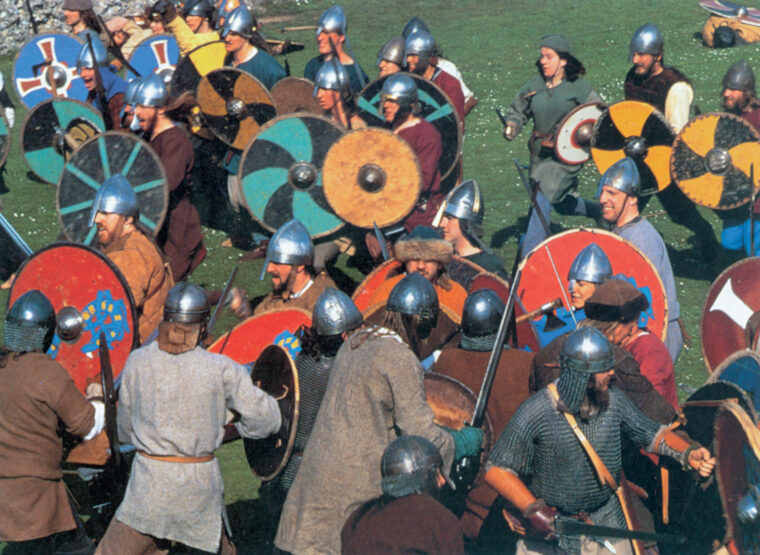
Latest Posts
It was the custom for King Alfred of Wessex to celebrate the Twelve Days of Christmas at his royal palace at Dorchester, in the county of Dorset. Read more

Latest Posts
Movies and novels about spies and espionage usually portray brave and sexy secret agents going deep behind enemy lines to grab some invaluable and potentially destabilizing piece of information. Read more
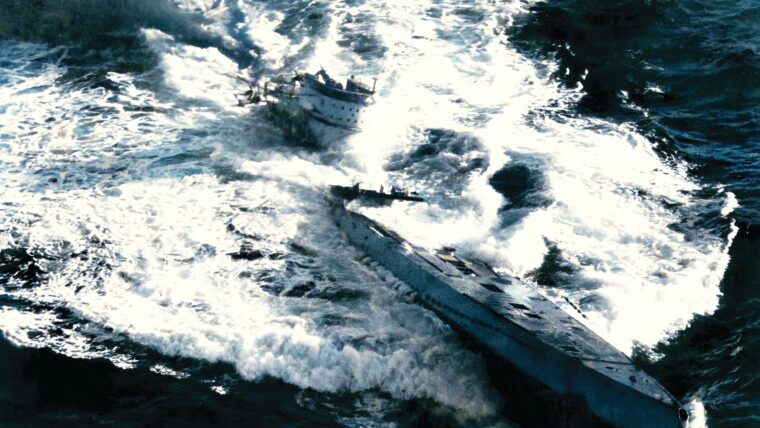
Latest Posts
On September 3, 1939, when Great Britain and France declared war on Germany, the Kriegsmarine only had 46 operational U-boats, the majority of which were used for training. Read more
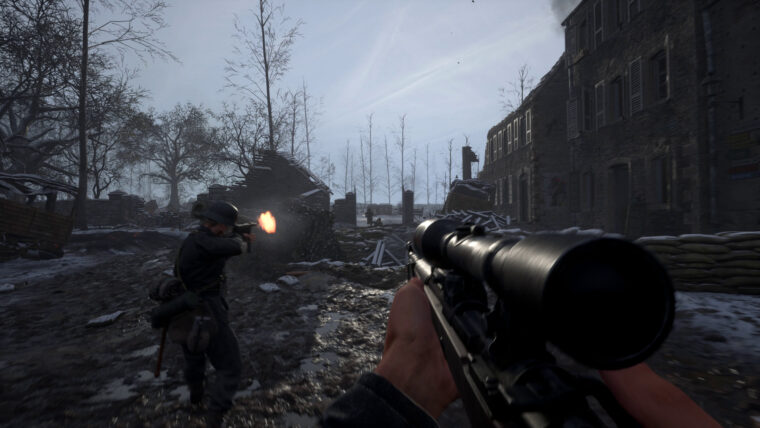
Latest Posts
From games exiting Early Access to games entering Microsoft’s Game Pass subscription service, we now come to another look at Hell Let Loose. Read more
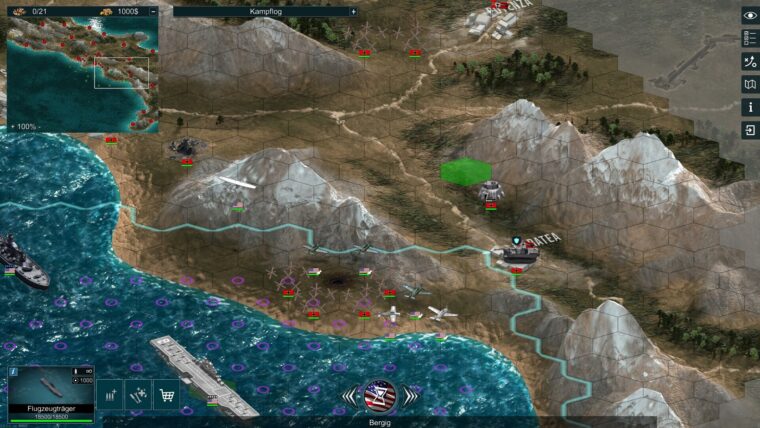
Latest Posts
Publisher 2tainment and the indie game devs at Linked Dimensions launched their turn-based tactical war game Tank Operations: European Campaign in Steam Early Access back in August 2019, but the time has finally come to unleash the full game. Read more
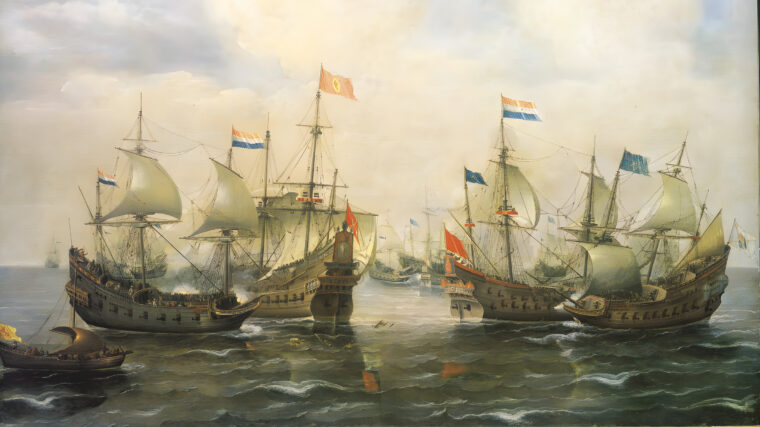
Latest Posts
Vice-Admiral Sir John Pennington’s jolly-boat nudged against the accommodation ladder that had been rigged aboard the Santiago, flagship of Admiral Don Rafael d’Oquendo’s Spanish fleet. Read more
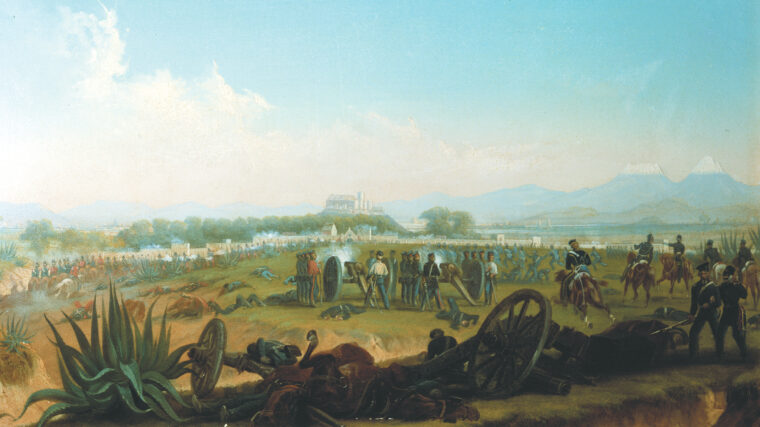
Latest Posts
“It is with artillery that one makes war.” So declared Napoleon Bonaparte, one of the Great Captains of military history and a born gunner himself. Read more
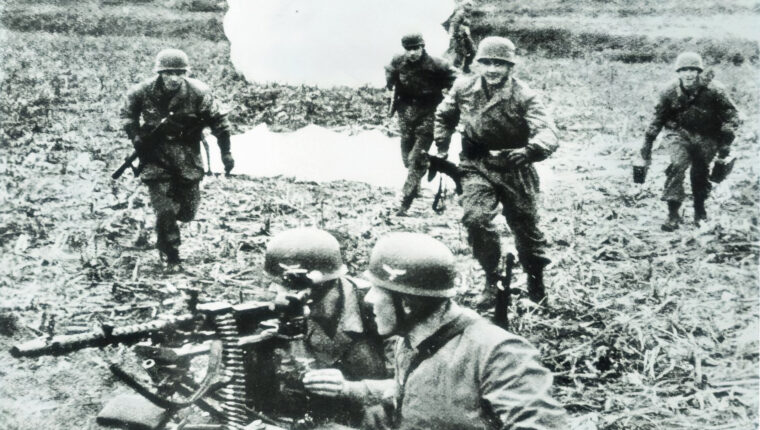
Latest Posts
Belgian Fort Eben Emael was as close to impregnable as modern defense works could be—or so it seemed. Read more